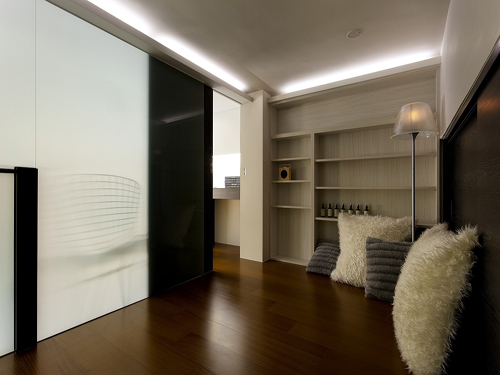Is it enough to buy a floor inspection certificate?

The quality inspection certificate of the flooring industry has always been a mystery. Although consumers are more positive about products with quality certification before purchasing, there is still a bit of sadness with the exposure of the industry’s tactful “Quality Inspection Certificate†and the repeated quality inspections. What is the standard of product quality inspection in the flooring industry?
Today's consumers always pay attention to environmental protection, health and other aspects when buying homes such as the floor. Under the circumstances of frequent problems such as formaldehyde and quality, it seems that a quality inspection certificate has identified a floor product. A reliable guarantee for consumer acceptance.
It is reported that the detection of formaldehyde emission of wooden furniture by domestic testing organizations is based on the national mandatory standard GB/18584-2001. Its full name is “indoor decoration materials—limitation of harmful substances in furnitureâ€, which stipulates that formaldehyde emission cannot exceed 1.5 mg/L; the basis for the detection of formaldehyde emissions from furniture is GB19941-2005, which is the full name of the “Determination of Formaldehyde in Leather and Fur Chemical Experimentsâ€, which specifies that the formaldehyde emission cannot exceed 75 mg/kg.
Although the relevant standards and data are obvious, in fact, the formaldehyde detection method lacks some precise numerical rules, and it has become a questionable aspect.
In general, when an inspector performs a formaldehyde measurement on a certain brand of product, he or she often uses his/her own understanding of the standard and operating experience. This method of operation often leads to slight deviations in the test reports from different inspection agencies. It also allows some unscrupulous merchants and testing organizations to find a way out. As long as the testing environment is changed slightly, some unqualified products are also possible. Tested to be qualified.
Of course, we can't kill all the quality inspection certificates on the market. After all, there are also brands with strong sense of quality in the market. We strictly abide by the regulations, put every quality point in place, and do a good job of products; however, it is undeniable that some manufacturers may be in troubled waters. ,
Therefore, we suggest that under the premise that the relevant standards of the flooring industry are still not perfect, when consumers purchase floors, they must still raise awareness of the importance of environmental protection and safety of flooring products, and be targeted before purchasing the required products. Make preparations for discrimination and prevent falling into the “trap†of some counterfeit products.
A flange can also be a plate or ring to form a rim at the end of a pipe when fastened to the pipe. A blind flange is a plate for covering or closing the end of a pipe. A flange joint is a connection of pipes, where the connecting pieces have flanges by which the parts are bolted together.
Although the word flange generally refers to the actual raised rim or lip of a fitting, many flanged plumbing fittings are themselves known as 'flanges':
There are many different flange standards to be found worldwide. To allow easy functionality and interchangeability, these are designed to have standardised dimensions. Common world standards include ASA/ASME (USA), PN/DIN (European), BS10 (British/Australian), and JIS/KS (Japanese/Korean). In the USA, ANSI stopped publishing B16.5 in 1996, and the standard is ASME B16.5
Stainless Steel Flange,Machining Stainless Steel Flange, Stainless Steel Pipe Fitting Flange,Galvanized Stainless Steel Flange
Yixing Steel Pole International Trading Co., Ltd , https://www.yx-steelpole.com